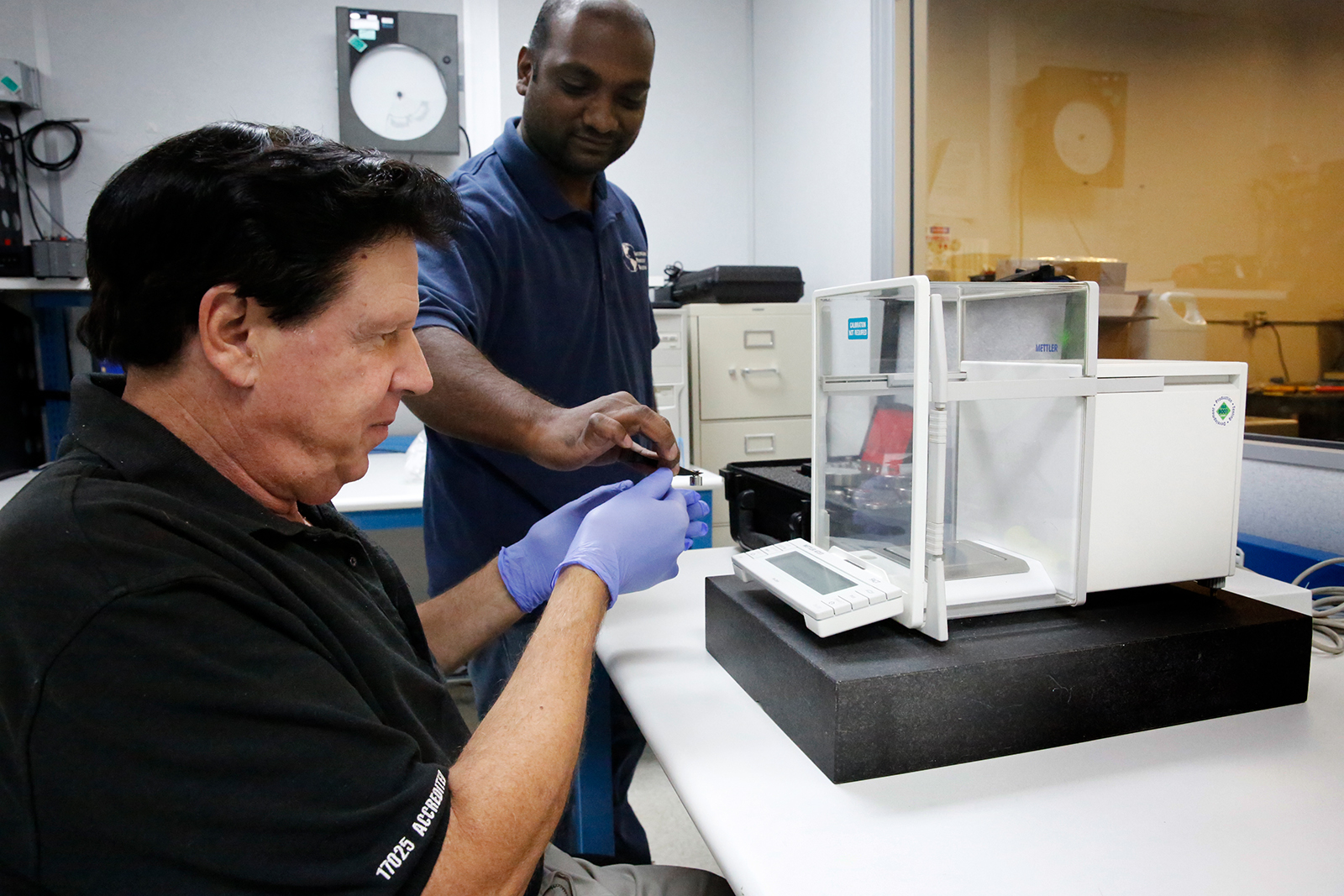
In the oil and gas industry, where accuracy, efficiency, and safety are paramount, ultrasonic flow calibration has become a cornerstone of precision measurement. As global demand continues to rise and environmental regulations tighten, companies must ensure that every drop of product is measured accurately — whether it’s crude oil, natural gas, or refined hydrocarbons. Ultrasonic flow calibration offers a sophisticated, non-intrusive, and highly reliable method for achieving these objectives, transforming how the industry measures and manages flow data.
One of the most significant benefits of ultrasonic flow calibration lies in its unmatched precision. Unlike traditional mechanical meters that rely on moving parts, ultrasonic flow meters use sound waves to measure the velocity of fluid within a pipeline. This method eliminates many mechanical errors and minimizes wear over time, ensuring stable performance.
During calibration, high-accuracy reference systems are used to align ultrasonic meter readings with national or international standards. This ensures that every measurement reflects true flow conditions under various operational pressures and temperatures. For oil and gas operations, this accuracy translates directly into financial savings — reducing discrepancies in custody transfer, optimizing billing accuracy, and preventing costly measurement errors that can lead to disputes.
Moreover, the repeatability of ultrasonic technology means that results remain consistent even after thousands of operational hours. When recalibration is performed periodically, it ensures the meter’s integrity throughout its lifespan, maintaining trust in every reading.
A key advantage that distinguishes ultrasonic flow calibration from other methods is its non-intrusive nature. Because the system uses transducers mounted externally or internally without obstructing the flow, there is no risk of pressure loss, contamination, or mechanical wear.
This makes ultrasonic meters ideal for measuring harsh or corrosive fluids, such as crude oil, high-sulfur gas, or multiphase flows. Operators benefit from reduced downtime since there are no moving components to replace or clean, which significantly lowers maintenance costs.
Additionally, because calibration can often be conducted without disrupting flow, facilities can maintain productivity while ensuring precise measurement performance. This seamless approach enhances operational efficiency and keeps production lines running smoothly — a critical advantage in high-demand sectors like oil and gas.
The versatility of ultrasonic flow meters makes them indispensable in the diverse and complex operations of the oil and gas industry. Whether in upstream exploration, midstream transportation, or downstream refining, ultrasonic meters can handle a wide variety of applications, including:
Ultrasonic calibration supports a wide turndown ratio, allowing accurate readings over a vast range of flow velocities. This flexibility is particularly valuable in systems that experience variable flow rates, such as pipelines under fluctuating pressure conditions or storage transfer operations.
Furthermore, calibration laboratories simulate real-world flow conditions to ensure the meter performs accurately across different viscosities, densities, and temperatures. As a result, operators gain confidence that their measurements remain precise, regardless of process variation or environmental factors.
In today’s digital-driven oil and gas environment, data integrity and analytics are vital for operational decision-making. Ultrasonic flow meters, when properly calibrated, offer advanced diagnostic features that go beyond simple flow measurement.
Modern ultrasonic systems continuously monitor and record parameters such as:
These diagnostic insights help operators detect early signs of fouling, buildup, or gas contamination, enabling predictive maintenance rather than reactive repairs. Through proper calibration, all these diagnostic parameters are fine-tuned, ensuring the data collected is both accurate and actionable.
The ability to integrate this information into digital monitoring systems or SCADA platforms gives companies greater visibility and control over their operations. With this level of transparency, production efficiency, safety, and compliance can all be optimized simultaneously.
The oil and gas industry operates under strict regulatory frameworks, requiring all measurement devices to meet recognized standards such as ISO 17025, API MPMS (Manual of Petroleum Measurement Standards), and OIML R 117. Ultrasonic flow calibration plays an essential role in ensuring compliance with these benchmarks.
Accredited calibration facilities verify that each ultrasonic flow meter performs within acceptable tolerances, ensuring traceability to national or international metrology standards. This level of validation is especially important for custody transfer applications, where even the slightest measurement deviation can lead to substantial financial discrepancies.
Furthermore, regular calibration ensures continued adherence to environmental and safety regulations, particularly in emission-sensitive operations. By maintaining traceable, certified flow data, companies can demonstrate regulatory compliance during audits and protect themselves from potential legal and financial liabilities.
Beyond the top five core advantages, ultrasonic calibration offers additional benefits that reinforce its importance in the oil and gas industry:
With the global focus shifting toward efficiency, sustainability, and automation, ultrasonic flow calibration has become a strategic investment for oil and gas companies. From pipeline operators to refineries and LNG facilities, industry leaders recognize that precise flow measurement underpins everything — profitability, safety, and compliance.
By ensuring that every ultrasonic flow meter is accurately calibrated, companies can confidently rely on their data for critical decisions such as product allocation, quality control, and system optimization. The ability to detect anomalies early and prevent costly downtime further enhances long-term operational reliability.
Selecting a reliable calibration service provider is essential for achieving consistent and traceable results. The right partner should offer:
A trusted calibration provider like International Process Solutions ensures that every ultrasonic flow meter performs at peak accuracy, maintaining compliance and operational integrity across every stage of production.
In a sector where every measurement matters, ultrasonic flow calibration delivers the accuracy, reliability, and transparency needed to thrive in competitive markets. Its ability to combine non-intrusive operation, advanced diagnostics, and regulatory compliance makes it an invaluable technology for oil and gas professionals seeking superior performance and cost efficiency.
By integrating regular ultrasonic calibration into your maintenance strategy, your organization can ensure not only measurement excellence but also long-term profitability and sustainability.
Invest in precision. Invest in ultrasonic flow calibration — the future of flow measurement in the oil and gas industry.
No Comments